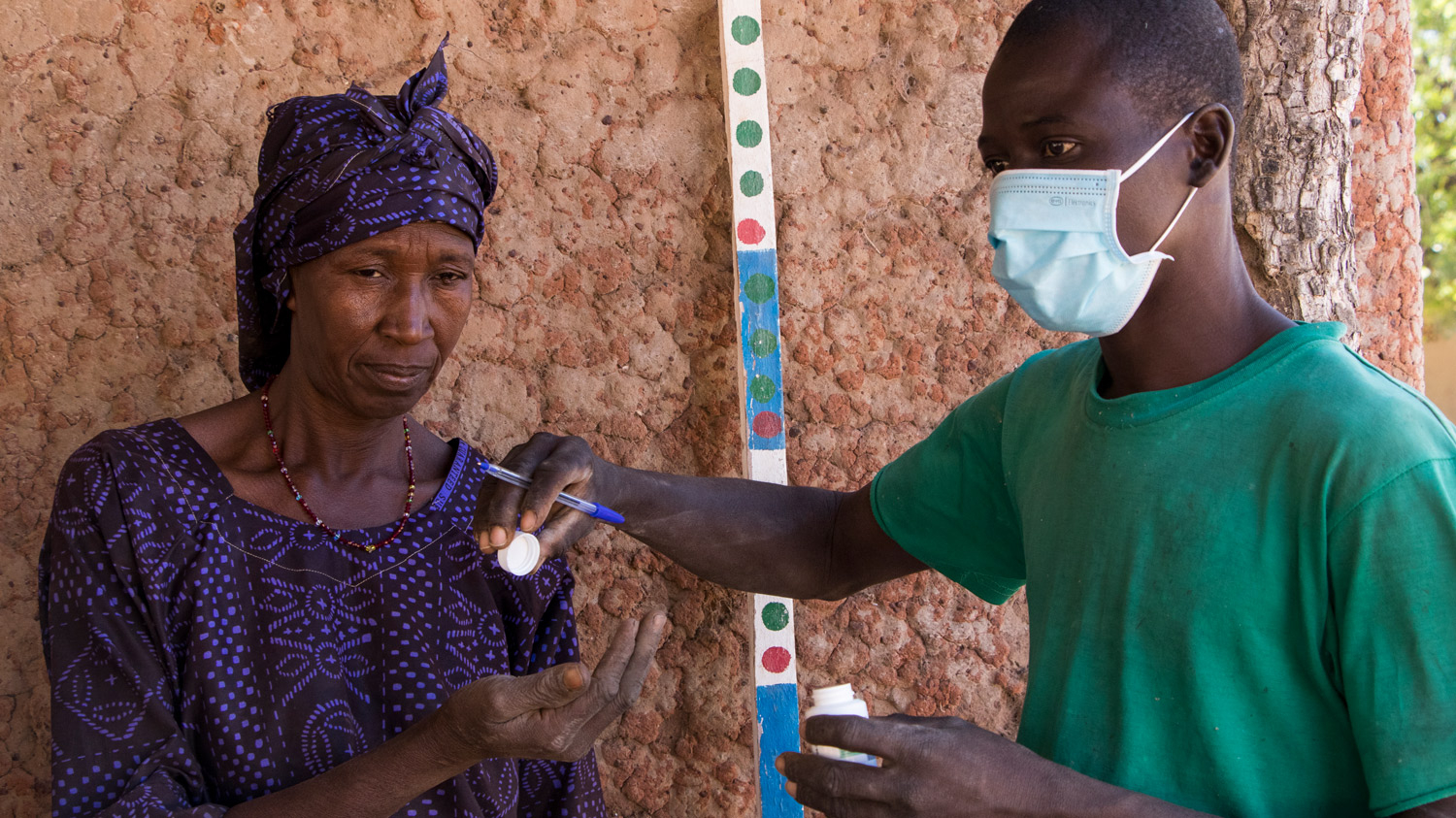[ad_1]

The current state of play
River blindness and LF are both debilitating diseases that can leave people unable to work, study or provide for their families, leading to poverty and stigma.
As of 2022, 288 million people were at risk of LF, a disease that makes body parts swell and causes intermittent fevers and secondary infections. Meanwhile, at least 246 million people are at risk of river blindness, which causes agonising itching and disfiguring skin conditions, and can lead to permanent blindness.
But there has been progress. Concerted global efforts to track these diseases, and decades spent persistently following the recommended World Health Organization (WHO) strategies, mean 19 countries have already eliminated LF as a public health problem and four have stopped the transmission of river blindness. In the Americas, river blindness has been eliminated in Colombia (2013), Ecuador (2014), Mexico (2015) and Guatemala (2016). We’re learning and applying knowledge gathered from these success stories.
Many people and organisations have supported this progress: from pharmaceutical firms Merck & Co and GlaxoSmithKline, who have donated millions of doses of medication, to the health workers and volunteers on the ground who distribute the drugs in the local communities they serve.
To date, Sightsavers has supported more than 640 million treatments for river blindness and 587 million treatments for LF. As of 2022, we estimate that more than 18.9 million people are no longer at risk of river blindness and LF due to Sightsavers-supported treatments. The expansion of the RLM Fund means that many more people will be protected from these diseases.
[ad_2]

